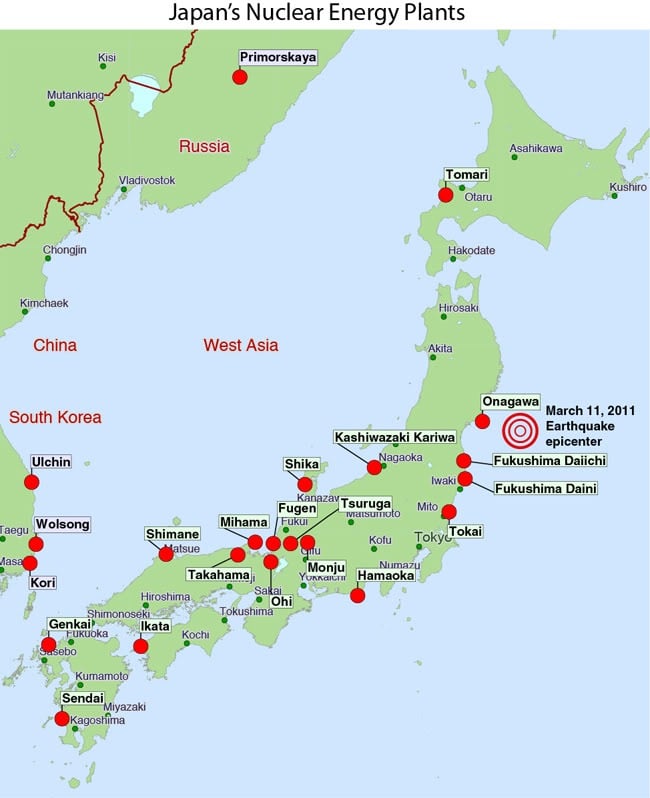In the maze of corporate procedures, it’s easy to lose sight of practicality.
Consider this case from a New Zealand office: A large carpark separated from the main entrance by only a small garden bed, which presented the shortest path for employees.
Despite a long, designated pedestrian pathway that arched around the entire car park, most employees naturally chose the direct route through the garden, wearing down a visible path over time. 🛤️
Human nature drives us to seek the most efficient route, conserving energy and time. However, this instinctive behaviour led to an unfortunate incident where an employee tripped and suffered significant injuries, necessitating surgery. 🏥
The company’s solution? A fence around the garden, forcing the use of the longer, official path. This response, while addressing the symptom (the shortcut), failed to tackle the root of the problem: the need for a practical, safe passage that aligns with natural human behaviour. 🚧

🤔💬 This illustration serves as a reminder that safety isn’t just about preventing incidents by adding barriers; it’s about designing environments that are inherently safe and aligned with how people operate. Before implementing solutions, it’s crucial to review all data and consult with frontline workers to find truly effective measures.
👇 Have you encountered similar safety “solutions” in your workplace? Share your experiences and let’s discuss how safety measures can be both practical and effective!
Want more curated content like this straight to your inbox? Subscribe to our newsletter. 👇

